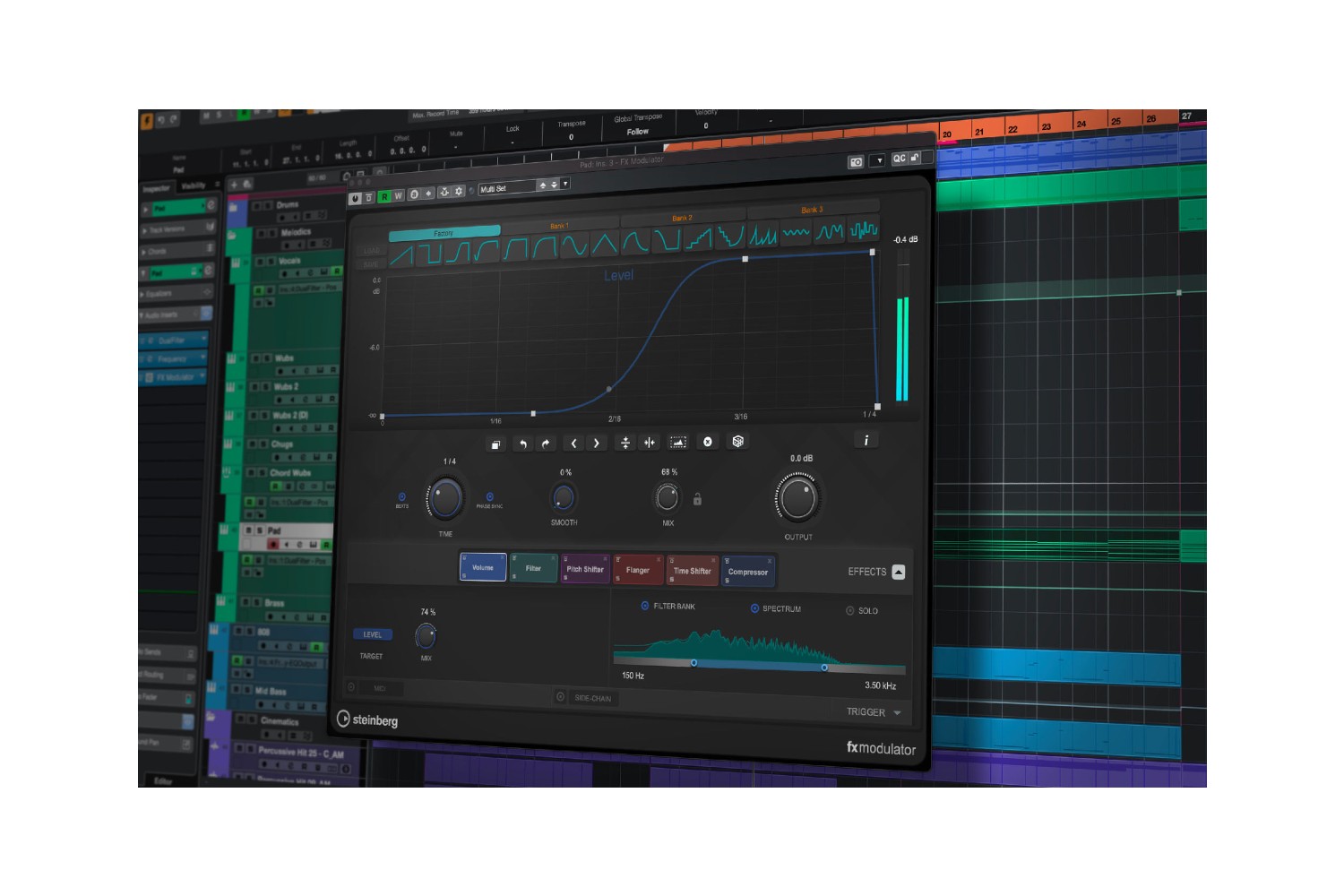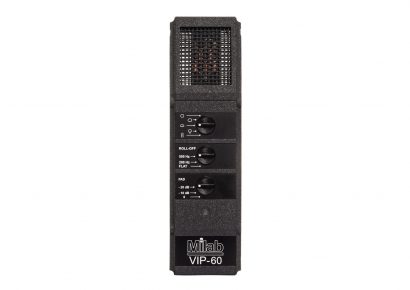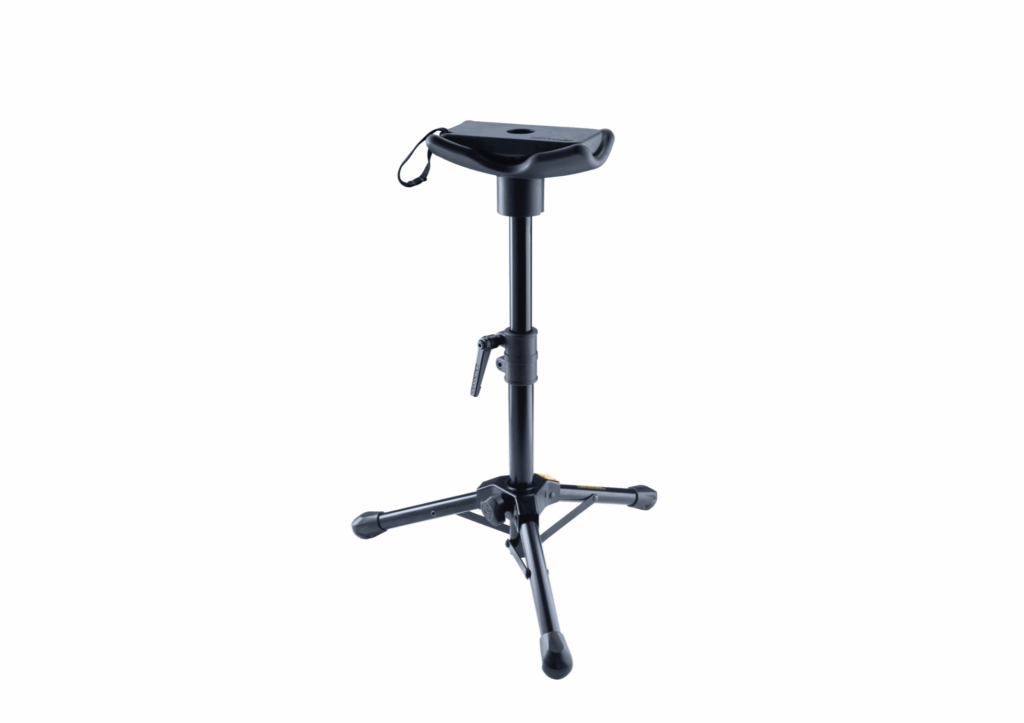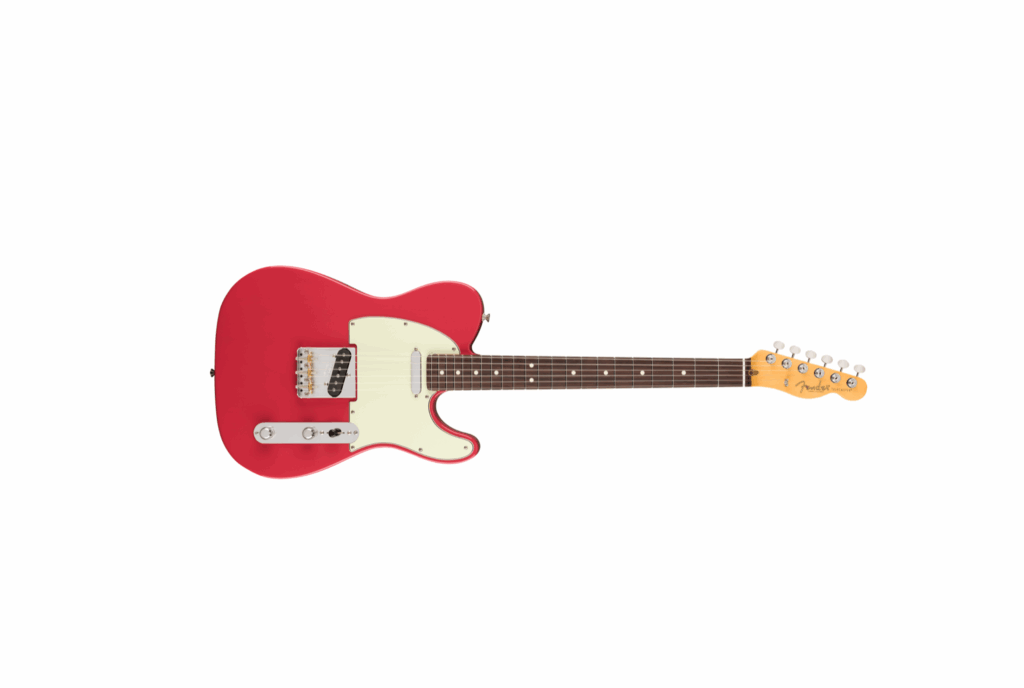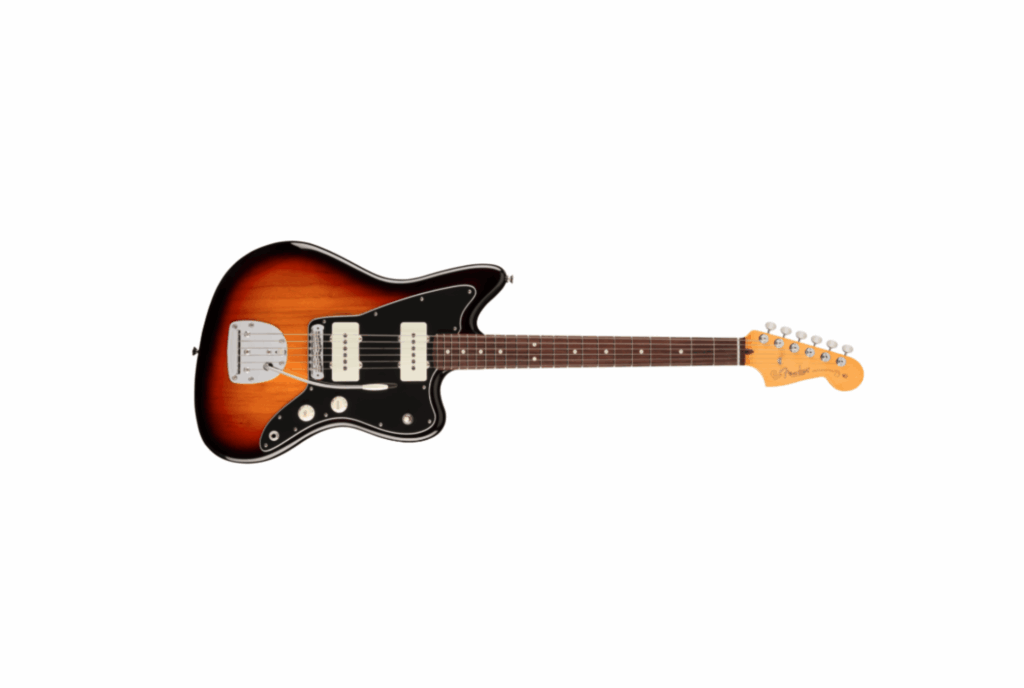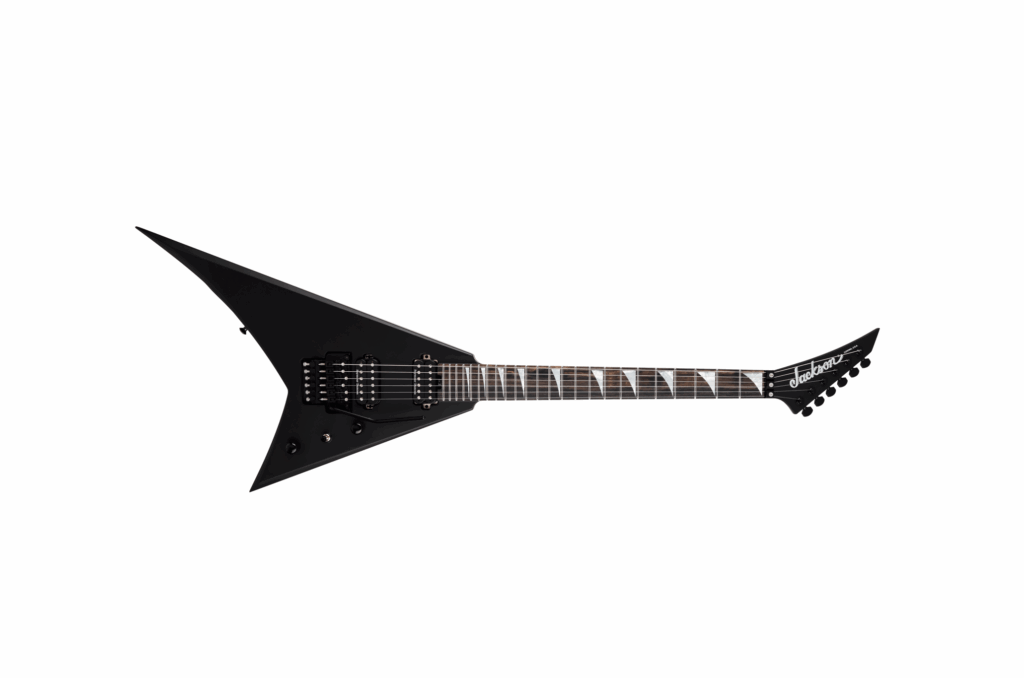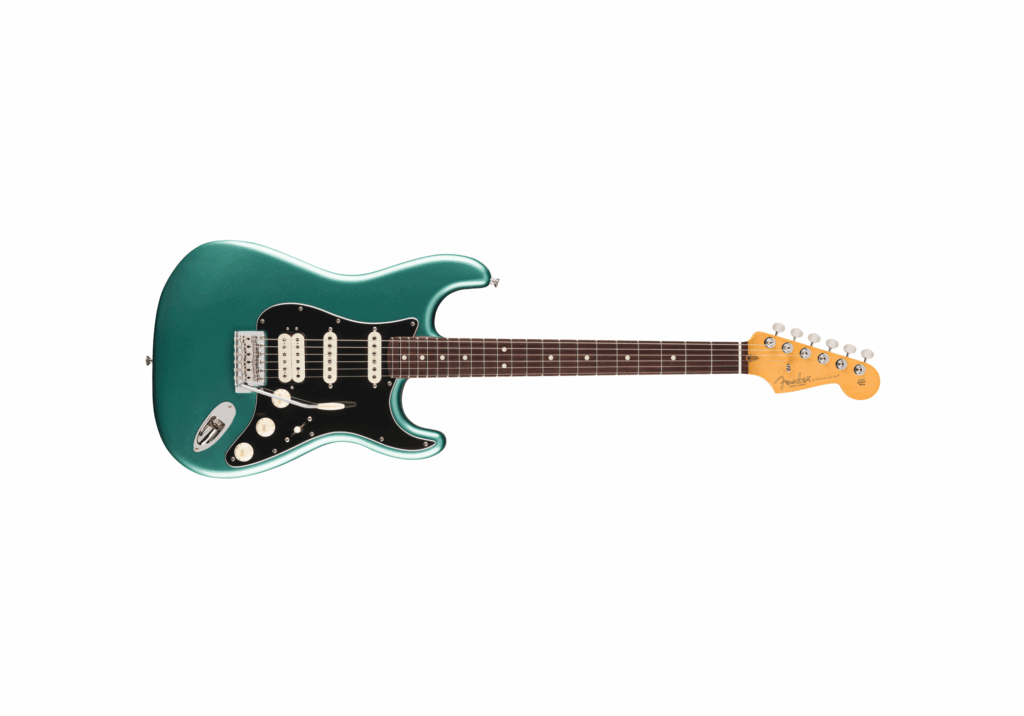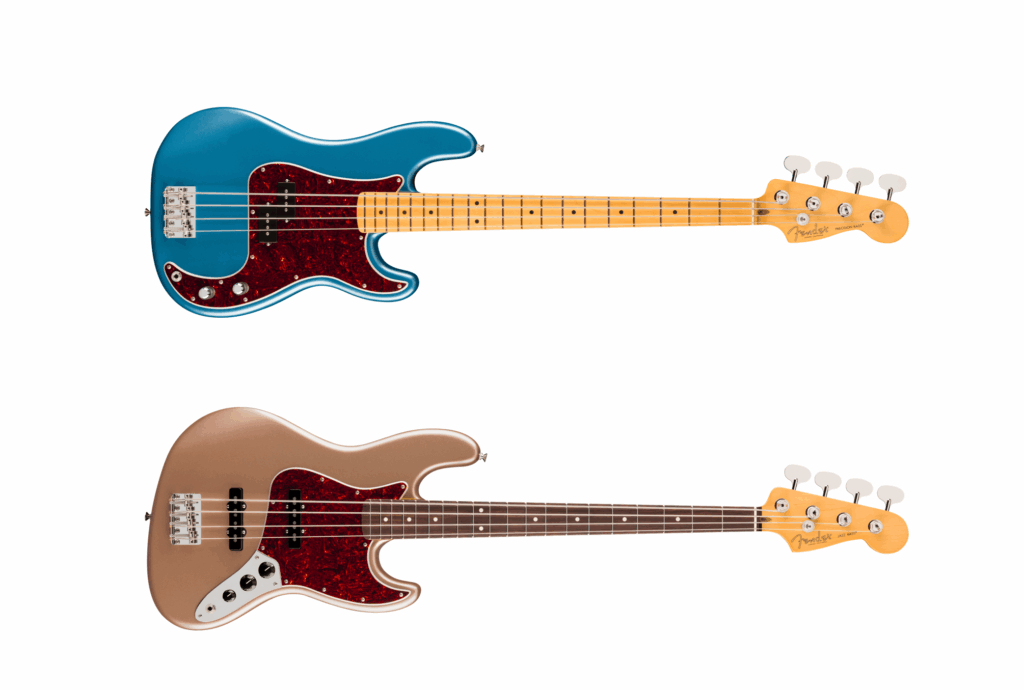Yamaha Music Australia | Enquire for pricing
The Steinberg name carries a lot of weight when it comes to music production technology and for good reason; they’ve been creating acclaimed software since the mid-eighties. Cubase is Steinberg’s premium DAW, and understandably after 11 previous versions, has a die-hard fanbase that eagerly awaits every major update. Cubase 12 brings a host of new features to help artists, producers, designers, and engineers reach their creative potential. It’s also the first Cubase to ditch a physical dongle in favour of an eLicense, something that will be music to the ears of USB-port-poor laptop producers everywhere. There are a few different versions, for this review we’re referring to Cubase 12 Pro, but for a full rundown of the options from Elements up to Pro, we’ll refer you to the Steinberg website.
Catch up on all the latest music gear reviews here.
Beyond the initial introduction to the stylish UI, the starting point for any DAW setup is integrating tactile hardware to control the virtual environment. The new MIDI Remote feature can automatically detect your controller and map its controls to Cubase functions. If a product profile doesn’t already exist in the database you can create a custom one using the MIDI Control Surface Editor. This features the ever-lovable MIDI Learn function that saves us mere mortals from learning complex strings of MIDI language, so we can get on with more pressing matters like playing sampled Balinese bell instruments.
If you’re anything like me, your hard drives are brimming with half-finished demos or rough sketches that can be hard to accurately recall when you revisit them at a later date. Chord tracks can detect the notes and timing changes and map them out for you, saving the often slow process of relearning something you’ve forgotten or wild improvised ideas recorded while you were in the proverbial zone. Perhaps you’re reworking a friend’s track for a remix or using a sample pack/loop as a starting point for a song and need the notes now instead of crawling your way around the circle of fifths. Chord tracks have you covered!
Most DAWs have similar capabilities but approach them in their own way. FX routing is probably one of the most varied in its approach and given the time spent fine-tuning FX, how a program handles this is of prime importance. There’s a Channel Strip for track-based FX chains but beyond traditional settings, Cubase 12 introduces the FX Modulator, a flexible approach to modulating FX by drawing in modulation curves, or selecting from classic LFO shapes or presets. It makes sidechaining and combining mod sources an easy and efficient process and also provides dynamic interaction by being MIDI triggerable. Triggering FX naturally lends itself to live performance as an opportunity to bring physical interaction with digital FX to pre-composed tracks. I had a lot of fun tweaking FX chains on breakbeats and remixing vocal samples using the Time Shifter effect.
VariAudio makes auto tune and pitch quantisation simple. It can suggest the key based on your recorded note data and you can enable ‘Snap Pitch Editing’ to ensure any adjustments stay in key. Creating harmonies, tightening up loose performances or even transposing various tracks if the singer wants to work in a different key to the original composition are just some of the use cases for this flexible feature. Similarly, nondestructive timing corrections can be made from hit points using the Quantise panel to audio tracks just as easily as MIDI tracks, making timing adjustments just as easy.
On the visual side, apart from looking aesthetically professional, composers will appreciate that multiple video tracks can be inserted into projects so scores and sound design can be synced up to visual source material. There are also improved visual references including the Spectrum Keyboard which displays note velocity on a keybed so you can get a quick optic snapshot of MIDI or audio tracks. There’s also a VU meter to keep an eye on loudness and gain staging to get a multi-sensory understanding of what you’re outputting.
Being new to the Cubase ecosystem, there was a whole suite of VSTs to explore and as we’d expect from Steinberg, they’re sonically top shelf. There’s Retrologue for Virtual Analog style sounds, Halion Sonic SE for multi-sampled instruments, Padshop for granular synthesis atmospheric pads, and much more. Some of these are more familiar than others, but the expanded loop and sample content included with a Pro licence is diverse in scope. Groove Agent SE is described on the Steinberg website as “possibly the most comprehensive drum production software instrument ever produced”. It backs up this bold claim with over six gigs of drum samples, with everything from organic acoustic realism to bit-crushed gnarly electro kits and there really is something for all genres. Each drum voice can be fine-tuned through filters, distortion, pitch and amp envelopes, and there’s even sample slice distribution. To get access to all these VSTs you’ll need to fork out for the 12 Pro or Artist licences, however, even Elements features some of these VSTs (just with smaller content libraries).
At the end of the signal chain sits Cubase’s new compressor Raiser. Raiser has everything you’d expect from a software compressor/limiter including Intersample Clipping detection to ensure the output level’s accuracy. There’s also a handy ‘Compare’ function that adjusts the volume so you can compare the processed signal to the original without the difference in audible gain, making A/B tests far simpler. It’s easy to route Raiser to either individual tracks, tracks linked for submixes or the master output.
There’s a lot to love about Cubase 12. Coming in cold, I’ll admit I was a little overwhelmed at first finding myself in a foreign DAW and having to learn the language, but everywhere I looked I found things could be done efficiently on the move to keep the creativity flowing. When it came time to refine and polish, there was an ocean of options to tweak and transform track ideas; creative manipulation with the FX Modulator or effortless Comping to switch between vocal takes. Steinberg are renowned for their software design and time and time again I was struck by the classy sonic character of all the audio processing FX. The saturation, the filters, the distortion; they all have a certain je ne sais quoi. While it may be a little daunting to newcomers, learning this program is well worth the time investment and reasonable price tag, and for any update curious Cubase-heads it’s a definite no-brainer.
Find out more at Steinberg’s website. To make local enquiries about Steinberg products, get in touch with Yamaha Music Australia.
